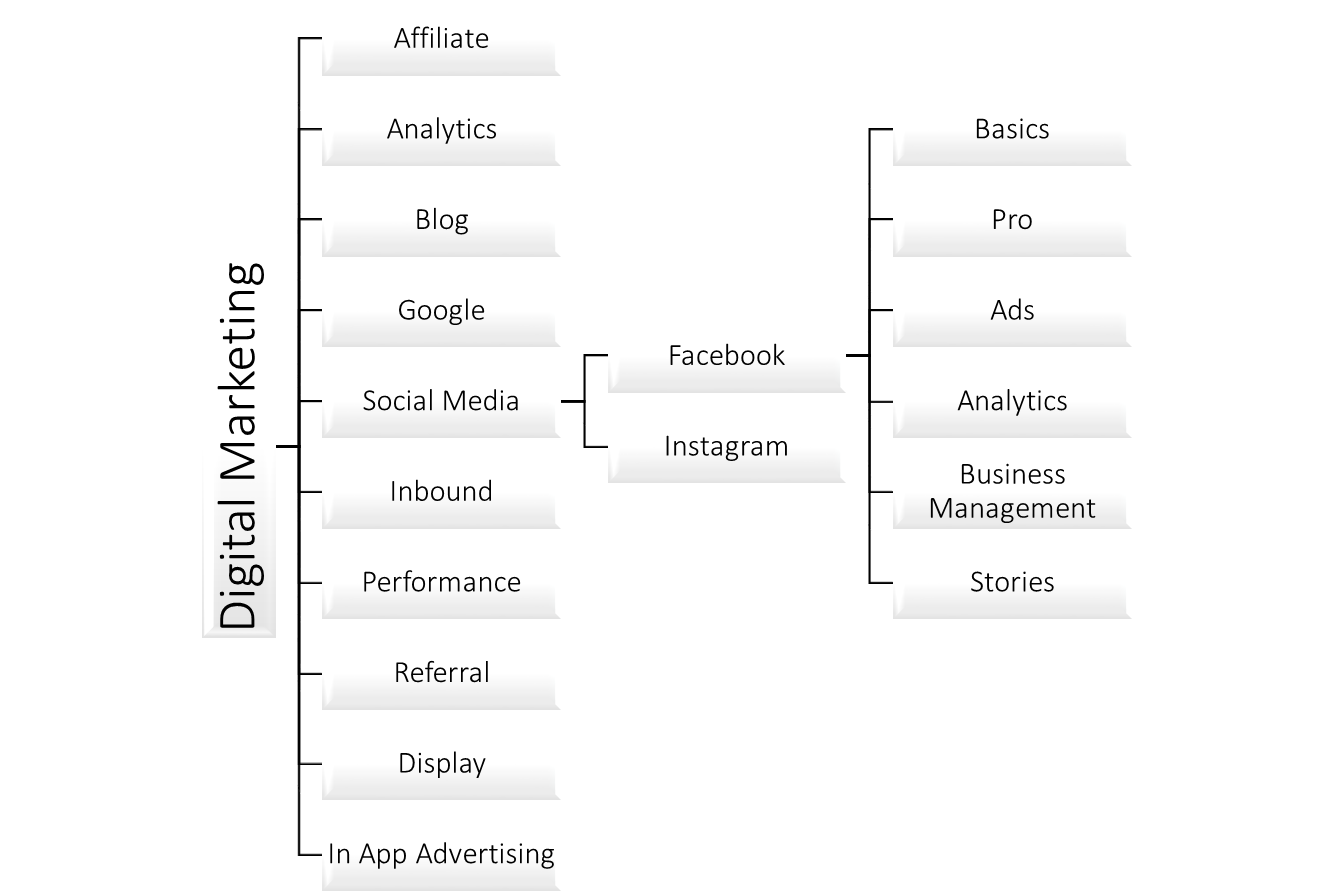Authors | Sources
Severin Renold
References in the text

Severin Renold
References in the text
Education system
Every beginning begins with a first step
What does digitalisation mean in concrete terms for the education system? This question can be passed on to the various stakeholders and their demands and interactions can be demonstrated. An essential part of this falls on the state or canton as provider and operator of education centres. It begins with the simple initial hard work of shifting from analogue to digital, i.e. using paper, to computers and servers as far as possible. At the same time, other stakeholders such as students and lecturers are affected, for whom an electronic device for data processing is required or should be made available. A significant part of this would already be sustainably optimised in terms of efficiency, ecology, organisation and cost savings. Not only would the teaching and the documents to be handed in be kept in digital form, but the overall communication, the test processes, the matriculation process and other organisational aspects would all be digitally mapped to provide many advantages. As is so often the case, the cost is primarily in the introductory phase, both in terms of costs and training of all concerned. On a long-term time axis, however, such a system can be scaled much more strongly and kept economically lean than easily digestible models. Previous companies whose growth was mainly based on network effects are showing the way.

Status quo of training offers
Already during the introduction of personal computers, discussions were initiated as to the extent to which these new technologies could also be used in a didactically meaningful way at universities. Based on the experience gained over time, it was possible to develop concepts in which presence forms were combined with computer-mediated forms. The introduction of smartphones and the associated increase in use of the mobile Internet are regarded as further social developments that are prompting universities to make corresponding adjustments to the teaching and learning context. (University of the Future: Ullrich Dittler & Christian Kreidl, p.26)
Probably the most common concept for the use of today’s technologies and the digital transfer of knowledge is e-learning. E-Learning means electronic learning translated into German and stands for forms of learning in which digital media are used to support the learning process. With the increasing spread of the Internet, e-learning has also become more important. As early as 2009, the Federal Council shared the opinion that e-learning is an important instrument for higher education. (https://www.parlament.ch/de/ratsbetrieb/suche-curia-vista/geschaeft?AffairId=20093671). Initially, e-learning included watching and listening to video and audio recordings of normal lectures. As digitalisation progressed, e-learning became more complex and interactive. E-learning is characterised by the fact that learning content and interactions of learners and lecturers take place in digital form and that this is combined with learning independent of time and place. However, self-directed learning will only be successful if it follows a fixed structure in which learners are given a clear orientation about the learning objectives and content, commitment is guaranteed and there is a regular exchange of feedback on tasks and knowledge.
(p.8, https://link-springer-com.ezproxy.fh-htwchur.ch/content/pdf/10.1007%2F978-3-658-10175-6.pdf) This can be achieved by working with tools for knowledge transfer. In addition to everyday tools such as videos and podcasts, so-called e-learning platforms, also known as learning management systems, on which it is possible to combine several multimedia contents, are of great importance. Moodle, a freely available open source software, is such a platform which can be used in addition to contact teaching and designed by lecturers. (https://docs.moodle.org/36/en/Features)
E-learning comprises various forms and hybrids of e-learning. In the following, the forms recurring in the literature are discussed in more detail.

The curriculum of the day after tomorrow
In a future scenario, we imagine that in the education sector, too, more emphasis must be placed on personalisation and individualisation. There are no fundamental reasons to exclude education from the ubiquitous trends of digitalization. This can be compared with the general industry 4.0, in which it is propagated that the age of blockbuster products is over and that the Pareto principle only prevails sporadically. What is new is the discussion of long tail approaches, in which many isolated niche products make up the majority of a company’s turnover. This is due to the aforementioned structural change, the transparency and comparison possibilities of consumers, as well as speed and accessibility via the Internet.
From time to time, they have become decision-makers in the sales process. Today, significant added value must be delivered in order first and foremost to attract attention as a manufacturer and secondly to win over customers. We are talking about the pull strategy, the active “being found by customers”, instead of denying the previous sales approach. It is no longer enough to play the quota game over the masses, at least only in rare cases. Companies distinguish themselves by maintaining high service quality and differentiating themselves from standard offerings. And exactly this is achieved through an extraordinary approach to the end customer. To convey the feeling of being something special, to enjoy an extraordinary appreciation and to be of special importance for the company. Away from the idea of being a number, which like any other may receive the same service, towards the luxury one is accustomed to from five-star hotels. This ranges from the personal approach, over the specified customer profile with all noted preferences, up to the forecast of future needs, which the customer could not determine yet at all.

Now what does this mean for a university? It partly implies a complete rethink. Let’s take the diversity of offerings and individualization options as our first point. Certification as a Bachelor’s or Master’s degree has always worked according to the same scheme, especially in areas such as business administration, which have been consistent for some time. The study period is specified and is between 3 and 4 years, depending on the full-time or part-time orientation, provided there are no repetitions. Modules are defined, i.e. an assessment year with standard requirements in the direction of general knowledge usually follows before the specific direction is advanced according to the degree programme. From this point on, students are given the opportunity to deal specifically with their personal preferences, while the contents of these modules, on the other hand, remain fixed and usually account for more than 10%-20% of a complete semester. It is usually impossible to achieve a really in-depth specification of the skill level. For this purpose, advanced courses have to be attended and practical experience gained, even though there are exactly those skills on the market that would be of particular interest. Especially in the world of Open Source, the specialist is more and more often used instead of the generalist. Furthermore, the ubiquitous prejudice that a fresh graduate without practical experience is not suitable for work is a constant. Of course this is connected with the personal initiative of the student, but also the competence transfer of the universities plays an essential role. There is a clear predominance in the imparting of theoretical knowledge and specialist competences over the methodological and social competences, which would be of particular importance in everyday working life. So how could these points of criticism be taken and transformed into a more attractive model that does justice to the user experience of the spoiled generation Y?
Fluid Micro Modules
One variant is hidden in the so-called Fluid Micro Modules. This is a compound Anglicism, which is used by various private companies and digital initiatives, but does not yet have an official character. This refers to the splitting of previous modules of a curriculum, i.e. the lessons of the subject matter, into many individual sub-areas until they can no longer be further specified in terms of content. The result is a much broader range of courses, but each in a shorter and clearer form and with a relatively slimmer depth. The parallels to the Longtail philosophy can already be seen, because what happens? Students can tailor their course of studies much more precisely to their needs.
The following graphic is intended as an example:

MOOC’s
This method is better known under the term MOOC – Massive Open Online Courses. The content is offered on the Internet and is available independent of time and space. A special feature of this method is the large number of participants. After the production of a MOOC, which requires certain technical facilities, there are no marginal costs for participation. For the provider, it is therefore irrelevant how many participants complete the course in the end. (p.63, Potentials and application areas Mitte, TAB-Arbeitsbericht-ab171) The online courses are usually offered free of charge, but certification is subject to a fee. However, it has been proven that only a small percentage of beginners successfully complete a course. This fact can be seen as a counterargument, but can also be interpreted as a new learning behaviour. It is not uncommon for learners to simply search for information on a specific topic and then interrupt the course, as it could be resumed at any time. In principle, dedicated learning units are defined and titled as nano-learning; these learning units can be certified by means of nanocertificates. (S.8-9, AWScheer_Whitepaper8_Hochschule4_0.pdf)
Terms and conditions
These methods require some conditions. Due to the new variety of specialists, uniform certification will continue to be impossible. A Bachelor of Science FHO in Information Science Major Digital Business Management cannot be awarded generally if one graduate has put his focus on digital marketing, while the other graduate has put his modules together in a more programming-oriented way. This means that a rethink must take place here as well. For example, the certification of the skill level could be based on a points system, which on the one hand shows the focal points of the subject area and on the other hand the time invested, similar to the nano certificates mentioned above. In a mixed calculation, this could again be used to assign an overall status designation that comes close to the previous Bachelor’s and Master’s degrees, but also in a denser subdivision. For example, from the trainee level through rookie to professional and expert. Such an evaluation system could be interesting, among other things, because it could track many other relevant investments in learning content, for example if video material is consumed outside the given framework, leading to an increased skill level, the same with texts, studies, podcasts, blogs and events, always under the condition that measurability is guaranteed and relevance is given. Not only does this lead to more transparent comparison possibilities for the recruiters, but also the methodological competence would have been improved to a certain extent. (S.8-9, AWScheer_Whitepaper8_Hochschule4_0.pdf)

A further condition is assumed from a technological point of view. With such a broad range of services, it is only possible and necessary in isolated cases to organise face-to-face lessons. A large part would have to be made available online and could be put together by the students according to the modular system. This must be done in compliance with certain framework conditions to ensure a minimum of meaningfulness. Expert knowledge would basically be required for the composition of the modules, which can be flexibly designed with video tutorials, scripts, presentations and audio material.
The final tests are a subcategory of the technological requirements. One way to handle these tests on a broad basis and limit fraud attempts as far as possible would be via so-called Safe Exam Browsers. This means that no third party applications can be used on the same screen. For the supervision of the persons taking the test, there would be the option of additional tools such as the iris scan, so that no further devices are used for cheating. Alternatively, for transitional purposes and until the release of a completely covering security software, the option would be available to submit all Open Book exams or to conduct exams at central locations with supervisors. On the other hand, the Open Book procedure would also be the more sensible option here, since searching for content after the examination will also be one of the most competencies in everyday professional life. This means, with reference to the initial situation of artificial intelligence and robotics, that the trainees are given a basic idea of where and how they can obtain information, instead of simply straining their short-term memory by memorizing it. (E-Assessments, p.67 TAB Working Report-ab171)
Furthermore, the timeframe could be made more flexible and adapted to the learning pace of the students. People with quick comprehension would be less slowed down and could take exams at shorter intervals, while people with more intensive time requirements would not be overwhelmed and could set their own pace. From a purely psychological point of view, this is a huge step forward, away from mediocrity and towards individual promotion and the balancing of a reasonable burden on all participants. (p.63, Potentials and areas of application middle, TAB-Arbeitsbericht-ab171)

Effect and Automation
What effect would such a change have on universities in Switzerland? If a high degree of automation is applied to the entire process and training funnel, for example through automated e-mails with instructions on how to proceed and information of an organisational nature. A service center accompanied by a chatbot and FAQ pages to reduce manual support issues, open communication tools for students, lecturers and staff of the university, which enable a quick exchange, since questions can be placed directly at the appropriate place. The whole change to a large organization as it can be copied from the private sector, in favor of scalability, to cover the current and future zeitgeist and last but not least to ensure a high educational standard. The university would change from a purely physical institution based in Switzerland to an international learning platform, an innovation hub, a digital university. If all course content were still translated into foreign languages, the next milestone would be to acquire overseas as well. Here, certain restrictions would be imposed purely in the premium model, which will become apparent in the later point.
Of course not all candidates can be pressed into this scheme. A fully automated offer in the form of an e-learning centre only covers part of the demand on the market. Many students will continue to have the need to interact directly with teachers, to be guided and to be able to exchange ideas from person to person. Especially in case of very specific concerns and ambiguities which cannot yet be intercepted by a chatbot script. Or much more important for the social and methodological competences mentioned above, which are strongly promoted by public lectures, team and group tasks, working under time pressure and active participation in live conversations.
Read in the next part of the Education 4.0 series which further methods and processes could help to a stronger expansion strategy.